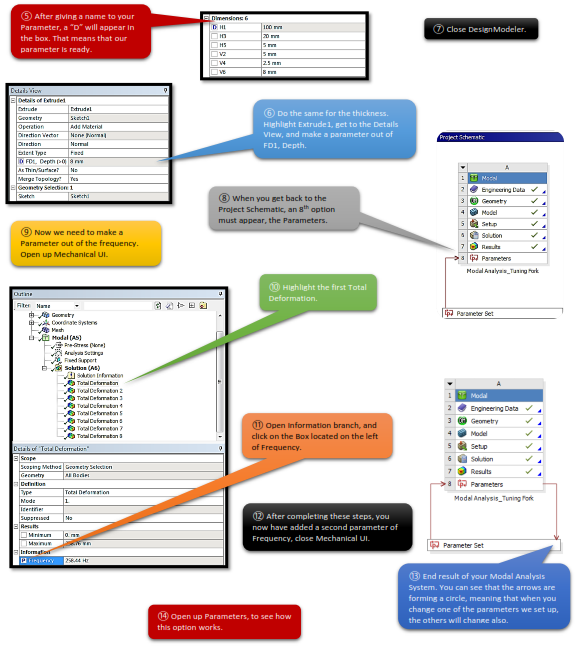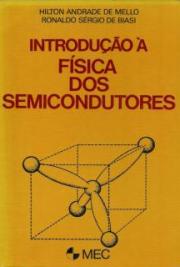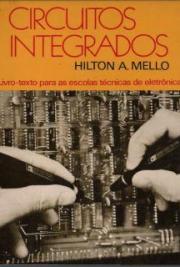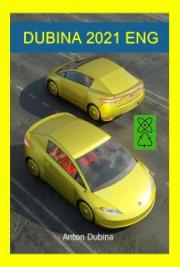CHAPTER_VI: TUNING FORK
6.1 Problem Description
In this chapter, we want to perform a Modal Analysis to investigate the natural frequencies of a Tuning Fork. The specific tuning fork is designed to tune chamber A 440Hz. In the case that the tuner does not meet the stated requirements, we will modify the geometry, material or mass of the tuner in order to get the correct frequency output.
For that reason, we will set from the start some parameters (Parametric Model) which will help us to modify the geometry’s dimensions easier and without the need to sketch the tuning fork from scratch.


6.2 Start Up
Open up ANSYS Workbench, locate Modal from the Toolbox/ Analysis Systems and drag and drop it to the Project Schematic as you did with the Static Structural Systems. Save your study case to a proper destination folder, head to the Engineering Data tab to make sure that your material properties match with the given ones.

6.3 Create Body
When the DesignModeler loads, make sure to change the Units type to Millimeter and move to the Sketching tab to create our tuning form geometry.

As you noticed in the Problem Description paragraph, our model is symmetric, meaning that we got the option here to sketch only half of the geometry body without having differences at the end results. So, getting back to the sketching part, we will need to create a sketch like the figure below.




6.4 Set Up Mesh Controls
Your Geometry Body is ready, close DesignModeler and open up Mechanical GUI, by double clicking on the Model from the Modal Analysis System (we do not need to make any modifications in this case before opening up Mechanical GUI).

6.5 Set Up Supports, Loads



6.6 View the Results

6.7 Modify Model
i. Changing Material
In this section, we will define a new material to see if we have a difference in the frequency outputs. We will change the material from Structural Steel to Copper Alloy. In order to do that, we will need to assign the new material in the Engineering Data tab, let’s see how to do that. Close Mechanical UI, and open Engineering Data tab.


ii. Changing the Dimensions
Since, changing the material did not help us get the required frequency results, we will try now and change some dimensions from our tuner and see how it affects the frequency results. Changing all the dimension would not be much of a help for us, we will modify the l=length dimension and possibly the thickness of the tuner.
We can always follow the procedure we did in Chapter_III [section 3.8], and change the dimensions in the DesignModeler-Head back to the Mechanical UI-Update Geometry from Source-Solve and get the new result outputs.
In this section, I will introduce you a new way to make modifications in the geometry, which will be easier and faster. We will assign some parameters, and by changing those parameters we will be able to see instantly the frequency result outputs.




























